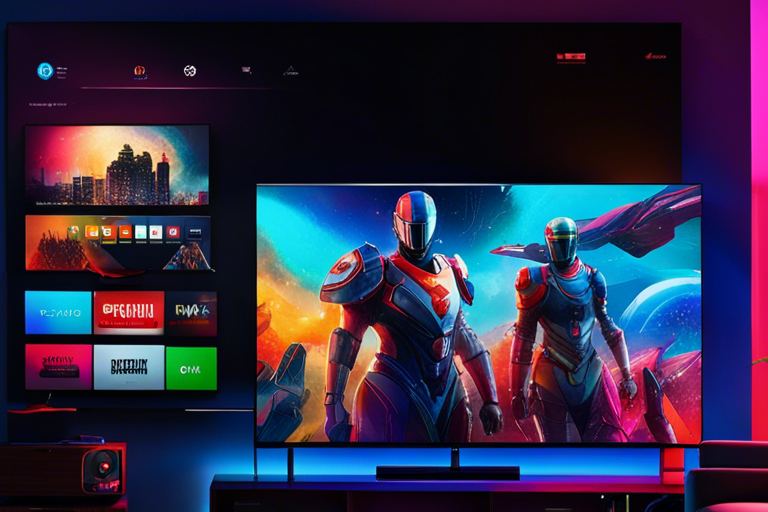
In the home entertainment sector, choosing whether to pick an Android box or a smart TV is up to the consumer who wants to upgrade in terms of viewing experience. It’s something that has unique features and intriguing differences, but only one can be the best to fit in. This piece of article looks at their features, benefits, as well as possible downsides trying to tell you enough information so that you can actually decide on which is good enough to fit into your home entertainment system.
“Smart” is the term used to label smart TVs, which are television sets designed with internet connectivity plus various built-in applications. Some view web-based content, that is, programs, videos, or otherwise homemade entertainment, directly available to them through their own television. The most popular internet-delivered services for playing content include Netflix, Hulu, and YouTube. Smart devices carry their own operating system. Although the industry trend is to call these “smart,” the operating systems aren’t their brain. They accomplish something different, and largely service a different audience. The operating systems vary significantly by brand—Samsung’s Tizen, LG’s webOS, and Sony’s Android TV. In contrast, external devices plugged into a non-smart TV can access many of the same apps that grant internet-connectivity to regular TV programs. Possibly, the most known of these devices is the Amazon Fire Stick.
One large point of competition between smart TVs and Android boxes deals with the user interface. Smart TVs come with their own special interface, and, when using an Android box, the user experience is a product of the interface that is provided by apps. Not all smart TV interfaces are created equal, though, and some manufacturers enable their TVs to be a bit more “dumb” about apps and overall interface quality. Some smart TVs really shine at updating, whereas others do not do so well; no contest here: Android is the clear winner. Users get more and better apps in the Google Play Store than in the App Store we find on a smart TV. And where we might suggest sideloading onto a smart TV (not a good idea), we might legally and more suggestively do the same with the apps we find in the Google Play Store across an Android box vs. the available apps in a harmless way on a powerful smart TV in our living room.
Speaking of which, the best smart TVs are adequately powered compared to the inexpensive devices we put in the same room as the TV. Is it worth your concern to know what happens inside a device that simply sits on your entertainment center? If one wants a truly lag-less experience, the answer must be a resounding yes. Even budget smart TVs can handle that, but the same cannot be said of a budget Android box; on the other hand, the more expensive variants of both categories play it seamlessly, delivering 4K HDR video with neither lag nor hesitation in any UI interaction. Most of the smart TVs in use these days are very tightly coupled with the most popular streaming services. There is a deal with the app developers involved and smart TV manufacturers. So if you are watching some anime as you go about your lifestyle influencer, live streaming away, you can’t be too pleased with this news. Some smart TVs may, in fact, not support certain applications.
The well-supported and more widely used Android TV box, on the other hand, is like the golden retriever that provides you with a much broader range of applications and, therefore, content. When consumers make purchases, however, they tend to get hung up on price. Smart TVs can range from reasonable to ridiculous. We’ve seen some that are listed for over $10,000! The lucky bit for consumer wallets is that there exist budget models, and the variety offered by brands means some of the smart TVs are in-line price-wise, while others really ought not charge as much as they are charging. Real-world consumer perception of smart TV cost for the value received versus that expected to be paid overtime remains somewhat fuzzy. Of course, the Android TV box and what that really constitutes are a pretty well-known entity. It is cheaper, and its experience is known to be a more reliable upgrade to the existing viewing experience when compared to the often-vague prospect of upgrading to a new TV.
Ultimately, whether to choose an Android box or a smart TV comes down to personal preference and individual needs. Both devices can effectively deliver a home entertainment experience that feels upgraded compared to pre-existing setups. If you want something that’s completely integrated and perhaps the easiest of the two options to use, you should go with a smart TV. But if you want something customizable that can access a huge library of content, you should go with an Android box. Both options also offer the potential for enhanced visuals and sound, assuming you have the right equipment and the right kind of content.

